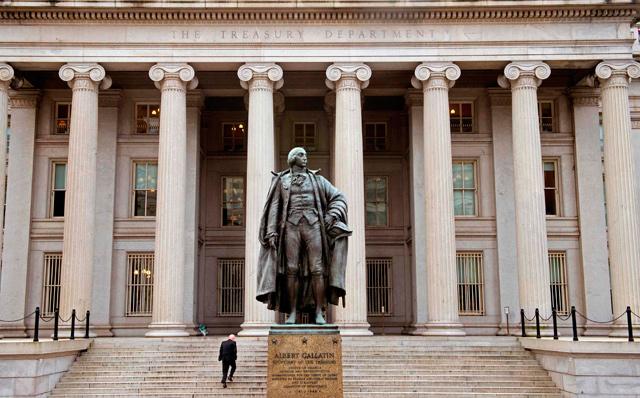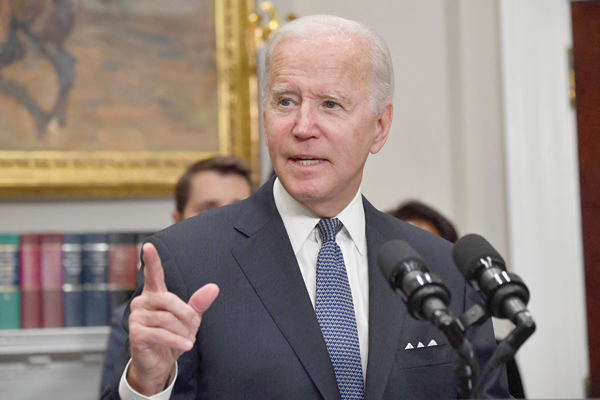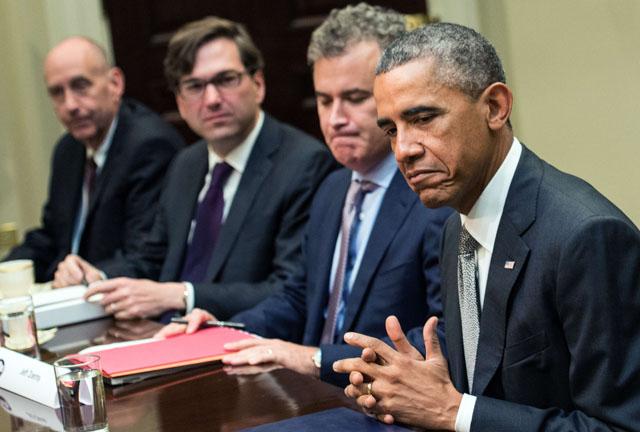You are here
US deficit hits record $3.1 trillion amid pandemic spending surge — Gov’t
By AFP - Oct 18,2020 - Last updated at Oct 18,2020

In this photo, taken on January 24, 2017, a man enters the US Treasury Department building on Pennsylvania Avenue in Washington, DC (AFP file photo)
WASHINGTON — The US budget deficit surged 218 per cent to a record $3.1 trillion in the fiscal year that ended on September 30 due to a massive increase in spending to help the economy weather the coronavirus pandemic, the government announced on Friday.
That was more than double the previous record deficit of $1.4 trillion hit in 2009 during the global financial crisis.
As spending ramped up and tax receipts fell due to the widespread business shutdowns, the Treasury Department said total government US debt soared to $26.9 trillion — larger than the size of the economy which shrunk in the second quarter to less than $20 trillion.
The budget gap under President Donald Trump already had been on the rise prior to the pandemic and hit $1 trillion this year for the first time since 2012 following the massive tax cut passed in late 2017.
Administration officials tried to put a positive spin on the figures, crediting Trump with acting quickly to deploy resources to ease the economic damage for American businesses and families.
"Under President Trump's leadership, the economy has begun an incredible comeback," Treasury Secretary Steven Mnuchin and White House Budget Chief Russell Vought said in a joint statement.
"The Administration remains fully committed to supporting American workers, families, and businesses and to ensuring that our robust economic rebound continues," Mnuchin added.
Trump's team for weeks has been locked in talks with Democratic leaders in Congress on a new rescue package to follow up on nearly $3 trillion in resources deployed in the early days of the pandemic, including the $2.2 trillion CARES Act.
Officials now acknowledge that it will be difficult to reach a deal before the November 3 presidential election, or to get the funds out even if they manage to agree.
Federal government outlays increased 47 per cent in the fiscal year while outlays declined 1 per cent.
However, the fiscal picture has been helped by borrowing rates near zero, dropping interest payments by 9 per cent or $50 billion.
Related Articles
WASHINGTON — America's budget deficit rose to nearly $1 trillion in the 2019 fiscal year as government borrowing swelled, the US Treasury sa
WASHINGTON — The US budget deficit fell by half in the past year to $1.4 trillion on the back of a pandemic recovery and as relief spending
President Barack Obama urged top US market regulators this week to look for ways to tailor rules based on financial firms' size and complexity.


















